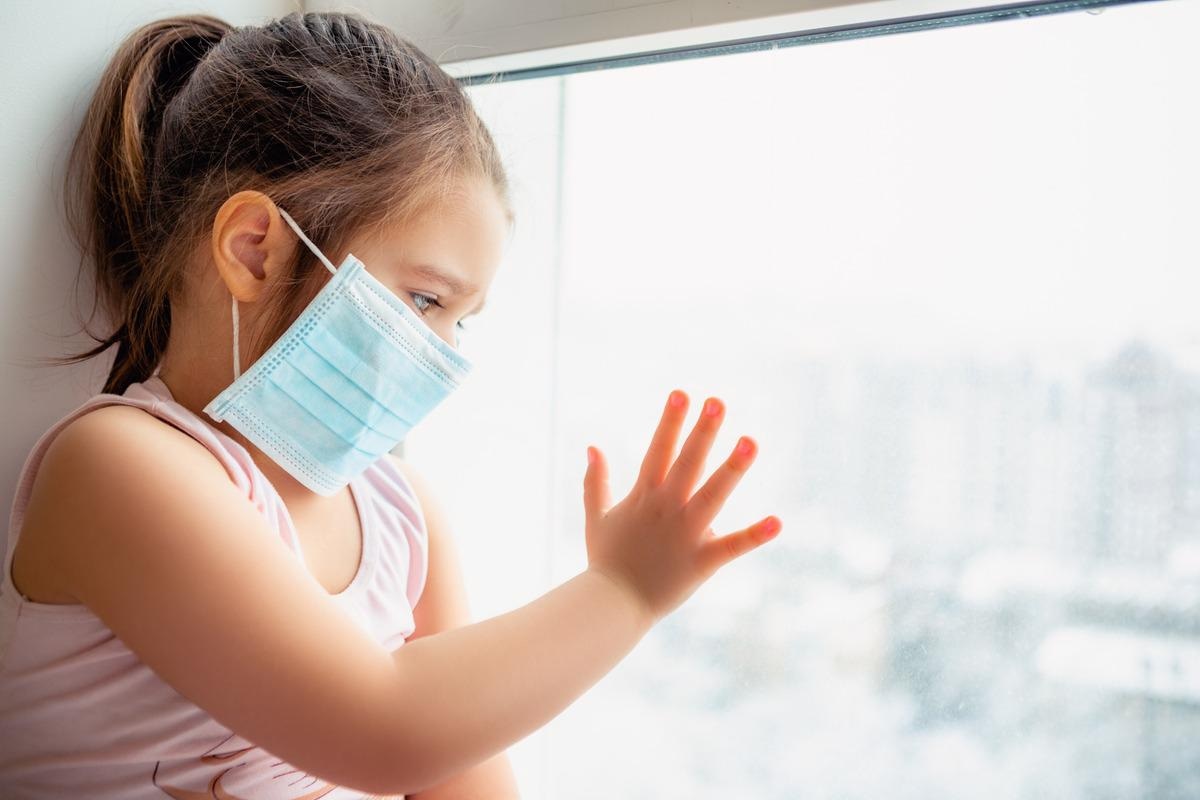The infection prevention and control (IPC) measures initially implemented to limit transmission of severe acute respiratory syndrome coronavirus 2 (SARS-CoV-2) during 2020 and 2021 successfully reduced the incidence and transmission of coronavirus disease 2019 (COVID-19) and other respiratory tract viruses.
 Study: A comparison of health care use after severe COVID-19, respiratory syncytial virus, and influenza in children. Image Credit: L Julia/Shutterstock
Study: A comparison of health care use after severe COVID-19, respiratory syncytial virus, and influenza in children. Image Credit: L Julia/Shutterstock
Most IPC measures have been eased in Western countries because of high vaccine coverage. Nevertheless, children remain unvaccinated, and many children may have an ‘immunity debt’ due to a lack of viral exposure.

 *Important notice: medRxiv publishes preliminary scientific reports that are not peer-reviewed and, therefore, should not be regarded as conclusive, guide clinical practice/health-related behavior, or treated as established information.
*Important notice: medRxiv publishes preliminary scientific reports that are not peer-reviewed and, therefore, should not be regarded as conclusive, guide clinical practice/health-related behavior, or treated as established information.
Thus, hospital contacts due to severe COVID-19, respiratory syncytial virus (RSV) infection, or other respiratory tract infections (RTIs) significantly increasing may be anticipated.
Background
There is little evidence on the extent to which pediatric COVID-19 patients have elevated use of primary care compared to children severely ill with other viral infections, like RSV infection or influenza. Hospital care with RSV infection has been reported to impact post-disease health and morbidities in young children significantly. Still, its impact, when compared to the impact of COVID-19, is yet to be studied.
In a study published recently in the preprint server medRxiv*, Norwegian researchers used an observational pre-post design based on nationwide individual-level data to explore whether, and for how long, hospital contacts due to COVID-19 resulted in an increase in individual health care use, compared to hospital contacts with RSV infection and other RTI in children aged one to twelve months and one to five years.
About the study
Researchers utilized nationwide individual-level data from the Norwegian Emergency Preparedness Register, Beredt C19. The study cohort included all children aged one month to five years who were Norwegian residents. Everyone had a hospital contact with COVID-19, RSV infection, or other RTI, between January 1st, 2017, and September 20th, 2021, and could be followed for at least four weeks before hospitalization and days post-discharge.
Eligible hospital contacts were identified using the International Classification of Diseases (ICD10) diagnostic codes and categorized into three mutually exclusive diagnosis categories: COVID19, RSV infection, and other RTI. Researchers studied primary and specialist health care use after 128 hospitalizations with COVID-19 (among 120 children), 4,009 hospitalizations with RSV infection (among 3,873 children), and 34,457 hospitalizations (among 31,747 children) with other RTIs, among 12,058 children aged 1-12 months and 23,682 children aged 1-5 years registered with 38,594 hospitalizations from January 1st, 2017, to September 20th, 2021.
Researchers found a slight increase in primary health care use in the first four weeks after discharge for children aged 1-12 months with COVID-19 compared to children with RSV infection (0.064 percentage points). For children aged 1-5 years, COVID-19 discharge was associated with a 1-4 weeks increase in primary health care use compared to children with RSV infection (0.068 percentage points) and other RTI (0.046 percentage points). There was a similar increase in post-discharge inpatient specialist care use for children aged 1-12 months in hospital care with COVID-19 that lasted for 12 weeks.
Implication
This study was the first to compare the severity of the major RTIs in terms of post-disease health care use. By including hospital contacts for both the novel SARS-CoV-2 virus, RS virus and other RT viruses, including influenza, the study provided a significant contribution to understanding the burden of common RTIs on the health care services once disease control measures were eased.
Going forward, the etiological mechanisms for potentially worse post-hospitalization complaints or health-seeking behavior for COVID-19 than for other RTIs in children should be further explored.
Improved knowledge of post-disease care after hospitalization for respiratory tract infections is important when developing and prioritizing vaccination of young children against RSV, influenza, and SARS-CoV-2.

 *Important notice: medRxiv publishes preliminary scientific reports that are not peer-reviewed and, therefore, should not be regarded as conclusive, guide clinical practice/health-related behavior, or treated as established information.
*Important notice: medRxiv publishes preliminary scientific reports that are not peer-reviewed and, therefore, should not be regarded as conclusive, guide clinical practice/health-related behavior, or treated as established information.